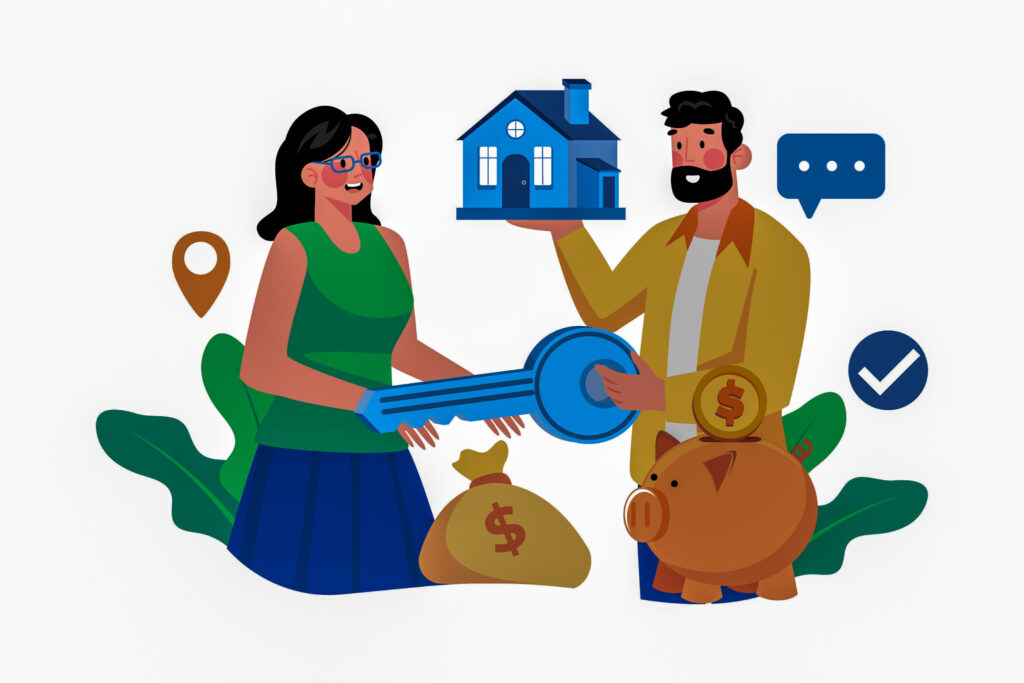Owning a home is one of the most significant investments many make. While the excitement of homeownership is undeniable, it also comes with ongoing responsibilities, the chief of which is regular maintenance. From leaky roofs to aging appliances, unexpected repairs can take a financial toll. That’s why creating a home maintenance fund is not just wise—it’s essential. But how much should you save? This article explores the importance of a home maintenance fund, how to calculate how much to set aside, and practical tips for managing it effectively.
Why You Need a Home Maintenance Fund
Unlike rent, where a landlord typically handles maintenance and repairs, homeowners are solely responsible for the upkeep of their property. Regular maintenance keeps your home safe and livable and preserves or increases its value over time.
Here are a few key reasons why having a dedicated maintenance fund matters:
- Unexpected Costs: Water heater breakdowns, plumbing issues, or roof leaks rarely come with a warning. A maintenance fund acts as a financial cushion.
- Avoids Debt: Having funds set aside can prevent you from relying on high-interest credit cards or loans to cover emergency repairs.
- Preserve Home Value: Regular maintenance protects your investment, making your home more appealing to future buyers.
- Peace of Mind: Knowing you’re financially prepared for the inevitable helps reduce stress when something goes wrong.
How Much Should You Save?
There’s no one-size-fits-all answer, but several commonly used rules of thumb can help you estimate how much to save annually for home maintenance.
1. The 1% Rule
One of the most popular guidelines suggests saving 1% of your home’s yearly purchase price for maintenance. If your home costs $300,000, you should aim to save $3,000 annually or $250 per month.
However, this rule has limitations. Newer homes typically require less maintenance early on, while older homes may need more. The size, location, and condition of your property also play a role in determining actual costs.
2. The Square Foot Rule
Another method suggests saving $1 per square foot per year. So if your home is 2,000 square feet, plan to save $2,000 annually.
This method considers the size of your home, which can be helpful, especially for properties with extensive flooring, roofing, and external features that may need upkeep.
3. Age and Condition Adjustment
The older your home, the more you may need to set aside. A good practice is to adjust your savings based on your home’s age:
- New (0–5 years): 0.5% of home value annually
- Mid-age (6–15 years): 1% annually
- Older (16+ years): 1.5%–2% annually
For example, if you own a 20-year-old home worth $250,000, aim to save $3,750–$5,000 per year.
4. High-Maintenance Features
You’ll likely need to save more if your home has a pool, large yard, old HVAC system, or custom materials (like slate roofing or hardwood floors). Evaluate these components when estimating your maintenance fund target.
Creating Your Maintenance Budget
Now that you have a ballpark estimate, it’s time to build a strategy:
Step 1: Assess Your Current Home
- Age of major systems (roof, plumbing, electrical, HVAC)
- Condition of interior and exterior finishes
- Presence of luxury or specialty features (e.g., hot tub, basement, solar panels)
Step 2: Track Historical Costs
If you’ve owned the home for a few years, look at past repair and maintenance costs to understand spending patterns. If you’re a new homeowner, request maintenance records from the previous owner (if available).
Step 3: Set a Monthly Goal
Divide your annual savings goal into monthly contributions. Automating the transfer into a separate savings account can help you stay consistent.
Example:
- Annual goal: $3,600
- Monthly contribution: $300
Step 4: Use a High-Yield Savings Account
Store your maintenance fund in a high-yield savings account to earn interest while keeping the money accessible for emergencies.
What Should Your Maintenance Fund Cover?
Here are typical expenses to include:
- Roof repairs or replacement
- HVAC servicing or replacement
- Plumbing leaks or pipe replacements
- Appliance repairs or upgrades
- Gutter cleaning and exterior painting
- Lawn care or tree removal
- Pest control services
- Water heater repairs
- Driveway sealing or repaving
It’s important to differentiate between a maintenance fund and an emergency fund. Your home maintenance fund is specifically for upkeep and repairs. It should be separate from your general emergency fund, which covers job loss, medical emergencies, or other unexpected personal expenses.
Tips for Managing Your Fund Wisely
1. Review Annually
Reassess your fund at the beginning of each year. Consider any changes to the condition of your home or any major upgrades you’ve made.
2. Prioritize Preventive Maintenance
Spending a little now can save thousands later. Schedule annual HVAC checkups, clean gutters regularly, and inspect your roof and foundation seasonally.
3. Plan for Big Expenses
Some major expenses, like a new roof or furnace, can cost thousands. If you know your roof is nearing the end of its lifespan, start setting aside extra funds in advance.
4. Keep Detailed Records
Document every repair and service. This helps with warranty claims, resale value, and planning for future costs.
5. Bundle with Home Insurance Planning
While homeowners insurance covers sudden disasters like fires or storms, it does not cover wear and tear. Reviewing your insurance coverage and maintenance fund together ensures you’re fully protected.
Final Thoughts
Creating a home maintenance fund is one of the smartest moves you can make as a homeowner. While the exact amount to save varies based on your home’s age, size, and condition, setting aside 1% of your home’s value annually is a good starting point. More importantly, consistently funding and managing this account prepares you for the inevitable expenses of owning and caring for your home.
By being proactive, you’ll avoid financial surprises, preserve your home’s value, and ensure your living space remains safe and comfortable for years.
Let me know if you need links for specific sections or pages on the website!
Thank you for reading! If you enjoyed this article and want to explore more content on similar topics, check out our other blogs at Sonic Loans, Sonic Realty, and Sonic Title. We have a wealth of information designed to help you navigate the world of real estate and finance. Happy reading!
Zoning: What It Is and How It Affects Your Property Rights
Will Realty Income Cut Dividend? Understanding the Factors at Play
Why Do Property Taxes Go Up?
Who Owes a Fiduciary Duty in Real Estate and What Does That Mean for Your Transaction?
What to Look for in a Real Estate Agent in Canton
What to Know About Filing a Property Tax Appeal
What to Expect at Closing in Dearborn, MI
What is a Townhome?
What Is a Tiny House? 12 Surprising Facts









